When planning a successful tomato garden, selecting the right companion plants can make all the difference. Companion plants for tomatoes are chosen not only to enhance the garden’s aesthetic appeal but also to improve plant health, boost growth, and increase yields.
By pairing tomatoes with complementary plants, you can create a more productive and harmonious garden environment.
From herbs that repel pests to plants that provide beneficial shade or ground cover, the right companions can help your tomatoes thrive and contribute to a flourishing garden ecosystem.
Different Types of Companion Plants for Tomatoes
Mint
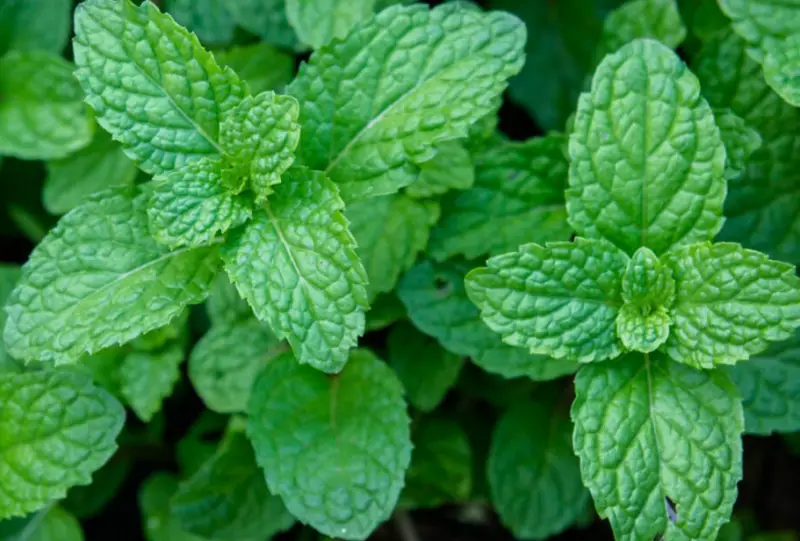
Mint is a fragrant herb that is thought to improve the health of neighboring tomato plants and help ward off some bug species. Like basil, mint can eventually spread around the base of the plants to create useful ground cover. This promotes the general growth of your tomatoes while also aiding in the prevention of weed growth and the preservation of soil moisture.
Parsley
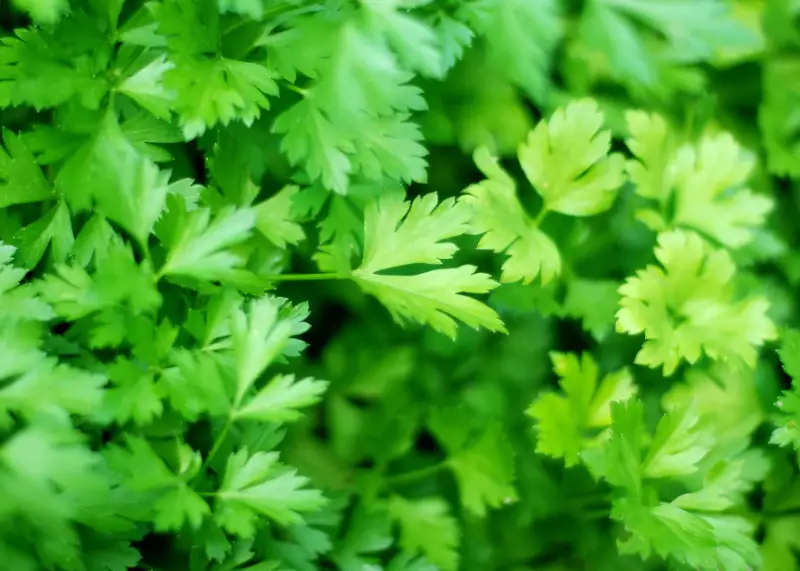
Another fragrant herb that works well between or next to tomato plants is parsley. Because of the ground cover it creates, weeds are suppressed and soil moisture is retained. Furthermore, the shadow cast by the tomato plants in the summer heat can provide parsley with a cool climate that promotes growth. Because of these advantages, parsley and tomatoes make excellent garden companion plants.
Bee Balm
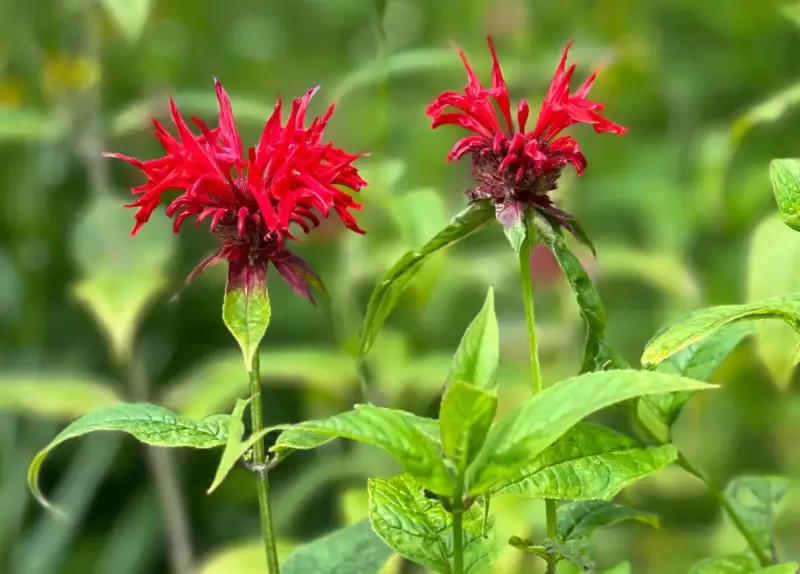
As its name implies, bee balm does wonders for drawing pollinators, including bees, to your garden. Bee balm aids in the proper pollination of your crops by attracting these helpful insects. It may also improve the flavor and health of your tomatoes as another aromatic herb, which will benefit the environment in your garden.
Cilantro
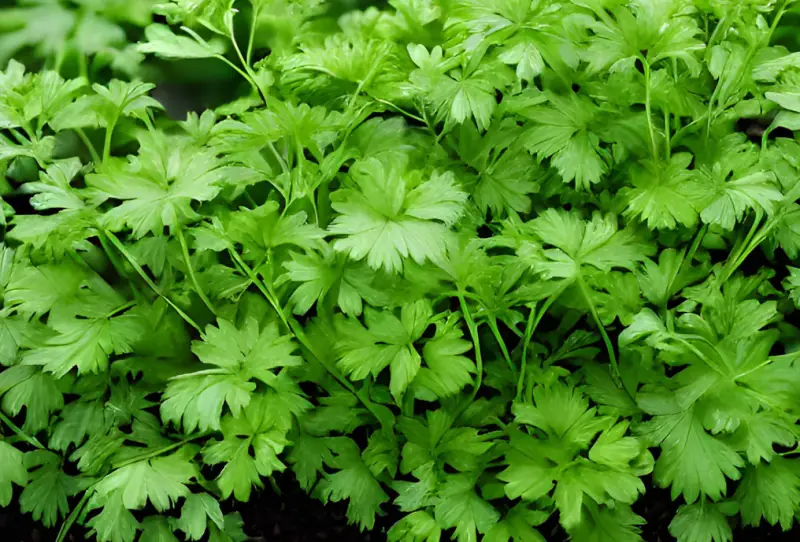
Because it may ward off a variety of pest types, cilantro is a useful companion plant for tomatoes. This herb complements tomatoes wonderfully in cooking and also helps ward off pests. Cilantro is a wonderful addition to your garden because of its dual uses in cooking and pest prevention.
Oregano
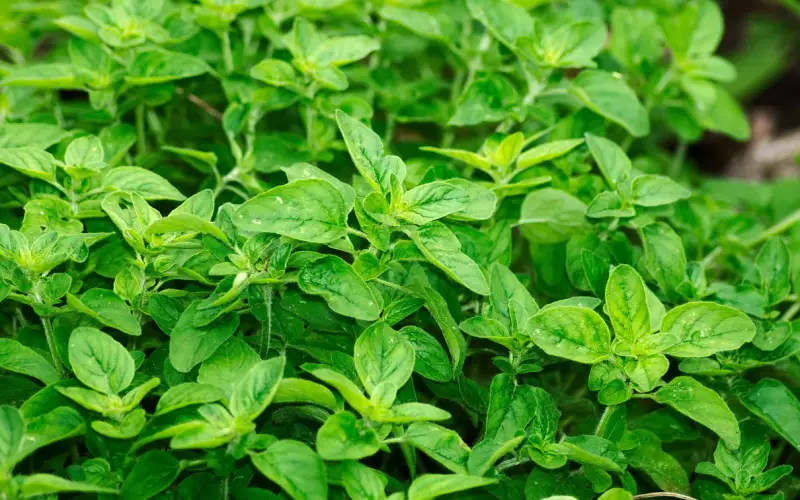
Another herb that goes well with tomatoes in the garden and in a variety of recipes is oregano. Because of its aromatic properties, it is a fantastic companion plant for tomatoes, adding flavor and improving the overall garden atmosphere. Oregano is a useful addition to your garden because of its adaptability and ability to resist pests.
Marjoram
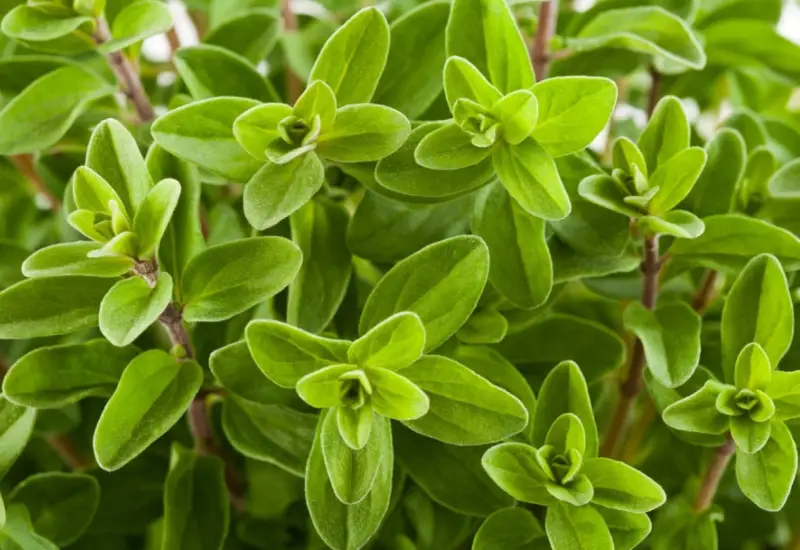
Warm summer weather is ideal for growing tomatoes and perennial Mediterranean herbs like marjoram. When in bloom, this herb is especially good at drawing helpful insects. Marjoram is a great companion plant for tomatoes in the garden since it attracts pollinators and tolerates warm weather.
Rosemary
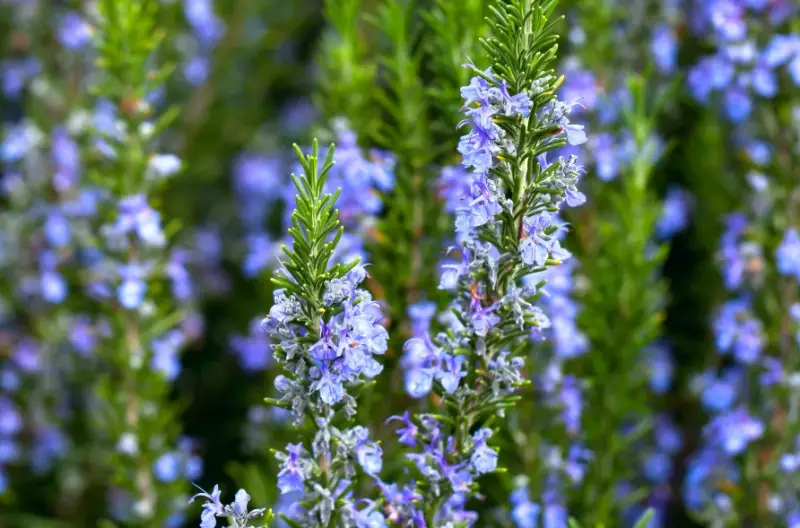
Similar to tomatoes, rosemary is a Mediterranean herb that grows well in warm weather. It gets along nicely with tomatoes, even if it dislikes too much moisture and loves well-drained soil. To guarantee that both plants have the best growing conditions, it is preferable to plant rosemary around the periphery of the tomato growing area as opposed to next to it.
Peppers
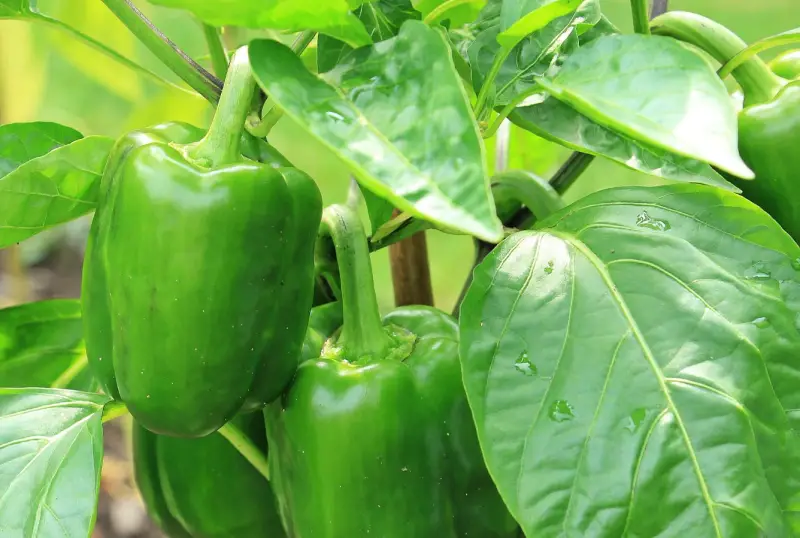
Planting peppers and tomatoes together allows you to better utilize available space and control crop rotation. Growing potatoes, tomatoes, and peppers all at the same time can actually lessen the chance of disease spreading in a small garden, despite some advice to the contrary. Tomatoes and peppers grow well in similar environments, so peppers also benefit from the shade and humidity they provide. Garden maintenance can be more productive and easy using this tactic.
Asparagus
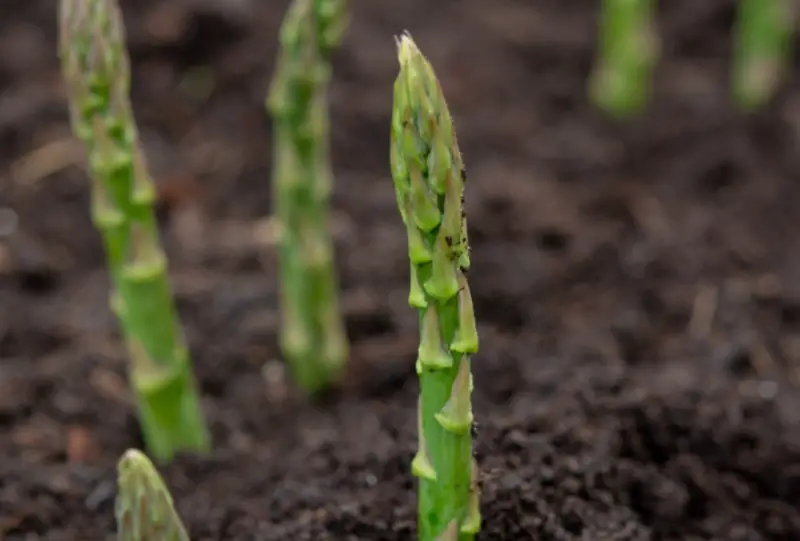
Asparagus is a well-known perennial vegetable, but its beds can remain unused for much of the year after the spring harvest. To maximize the use of space and time, consider planting tomatoes and other companion plants in the same bed. This strategy not only fills the empty space but also supports the growth of other crops, making the most of your garden throughout the growing season. Utilizing companion planting can enhance the productivity of your asparagus bed.
Carrots
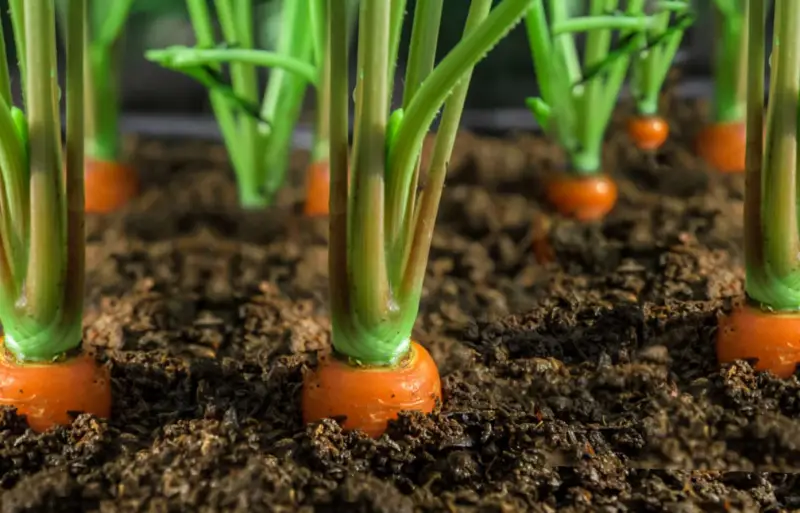
Carrots can be successfully planted with tomatoes, though the carrots might grow slightly smaller. Many gardeners believe that this pairing can still lead to an overall improved yield. Instead of planting carrots and tomatoes simultaneously, consider staggering their growth. Plant and harvest early carrots in the tomato bed before the tomatoes fully develop, and perhaps add a second crop of carrots once the tomato plants have peaked. This approach maximizes garden productivity throughout the season.
Celery
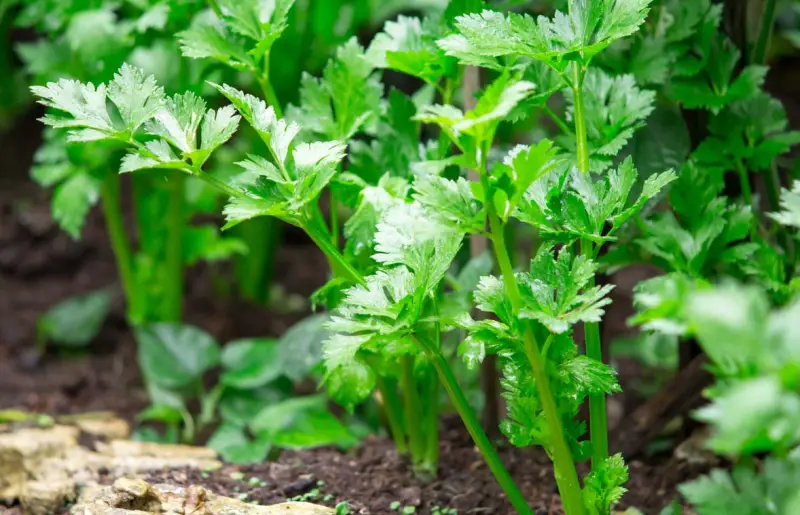
Tomatoes and celery go well together in the garden; in fact, the celery may get some benefit from the shade the tomato plants provide. Nonetheless, it’s usually a good idea to put celery alongside brassicas because it’s said to ward off cabbage white butterflies. It’s vital to remember that plants in the cabbage family shouldn’t be cultivated near tomatoes, so keep this in mind while designing the layout of your garden.
Beans
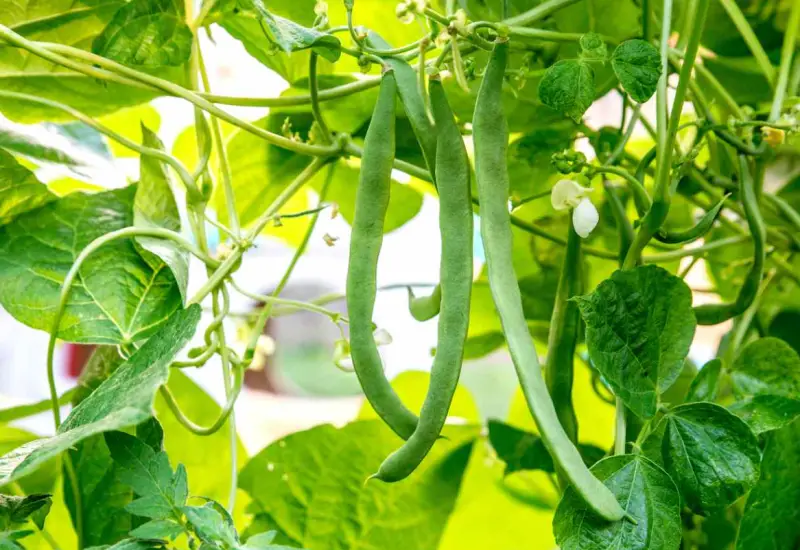
Although they don’t need a lot of nitrogen to thrive, tomatoes do need a significant potassium boost in order to properly flower and fruit. On the other hand, nitrogen-fixing beans make great companions to plant all around your garden. Planting tall climbing beans in between and amid tomato plants that are cordoned off can be quite effective. This combination can boost the growth of both crops while optimizing space usage and improving overall garden health and productivity.
Squash
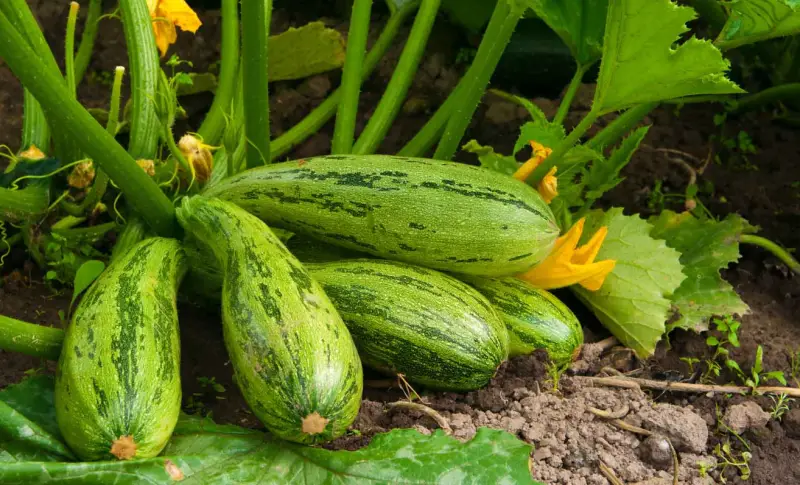
Tomatoes and squash grow well together in the garden because they both need comparable growing circumstances. Squash can be planted with tomatoes, although beans, with their demand for nitrogen, are usually grown with them. Large leaves and a spreading habit give them great ground cover, which lowers soil water loss. Squash can function similarly to the ‘three sisters’ combination, which makes it a good companion for tomatoes and beans, though I would not suggest planting corn and tomatoes in the same bed.
Cucumber (And Other Cucurbits)
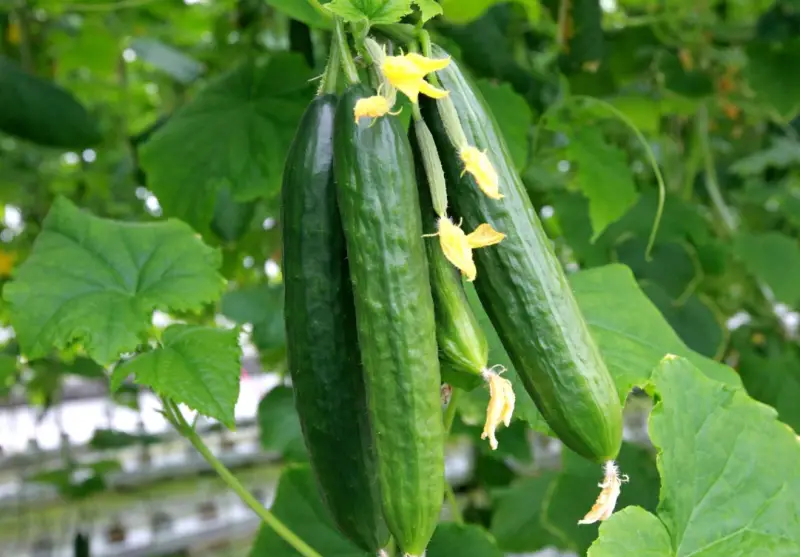
Given their similar growth requirements and environmental requirements, cucumbers and other cucurbits can make great companions for tomatoes. These two crops complement each other well since they both grow well in similar environments. Cucumbers can also be grown on cordons or supports, just like tomatoes and beans, which is great for making the most of the available area in a smaller garden. This vertical growing technique supports the healthy growth of both plants while making effective use of the available space.
Garlic, Onions, Chives (and other Alliums)
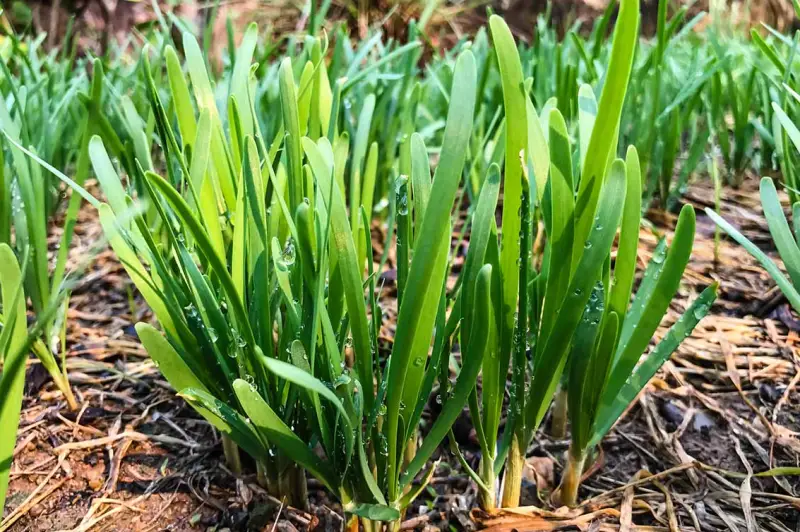
Alliums such as garlic, onions, chives, and others are great allies for a variety of plants, including tomatoes. Their powerful scent can aid in keeping away a variety of pests that could otherwise cause problems for your tomato plants. By growing these alliums next to tomatoes, you can provide natural defense and possibly lessen the need for chemical pest management. In addition to improving plant health, their presence in the garden creates a more peaceful and fruitful growing environment.
Lettuce (or Other Low-Growing Leafy Greens)
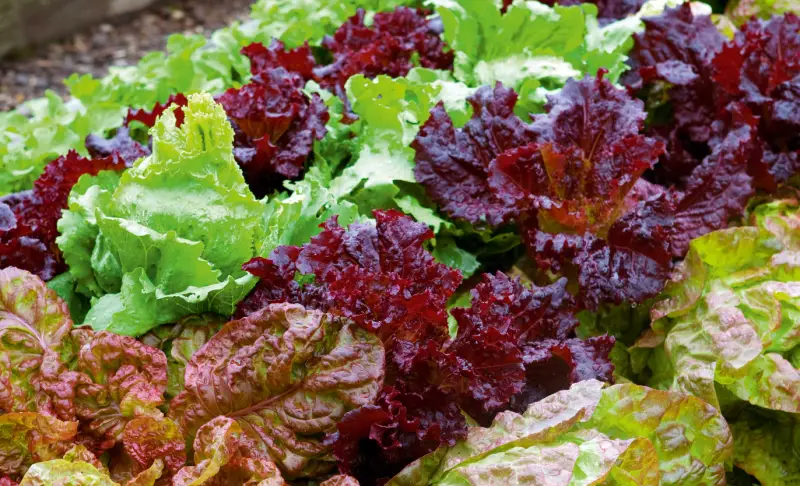
Tomato plants are a great place to plant lettuce and other low-growing leafy greens. Early in the growing season, they can close gaps and produce ground cover, which helps hold in soil moisture and keep weeds at bay. Furthermore, lettuce is kept from bolting and coming to seed too soon in the summer by the shadow cast by tomato plants. Additionally, herbs can be great partners for tomatoes. Perennial herbs can be planted in pots or at the boundaries of your garden, while annual herbs can be alternated with your fruits and vegetables. Whether planted in pots or mixed polycultures, these herbs will draw helpful insects, require less watering, and fill your landscape with fragrant scents.
Basil
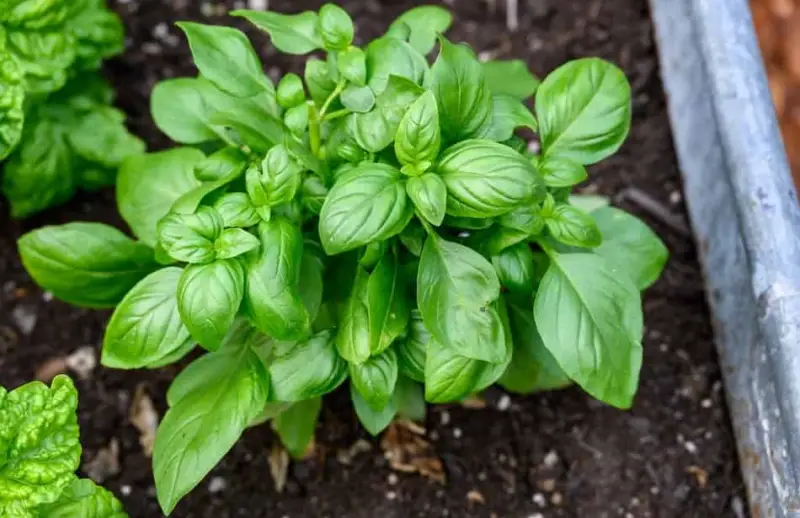
Together, basil and tomatoes are a wonderful combination in the garden as well as on the plate. There are various advantages to this traditional companion planting arrangement. Basil helps neighboring tomato plants thrive, wards off a variety of insect pests that can damage tomatoes, and may even boost tomato flavor. Tomatoes and basil are a terrific combination to improve plant health and flavor.
Purslane
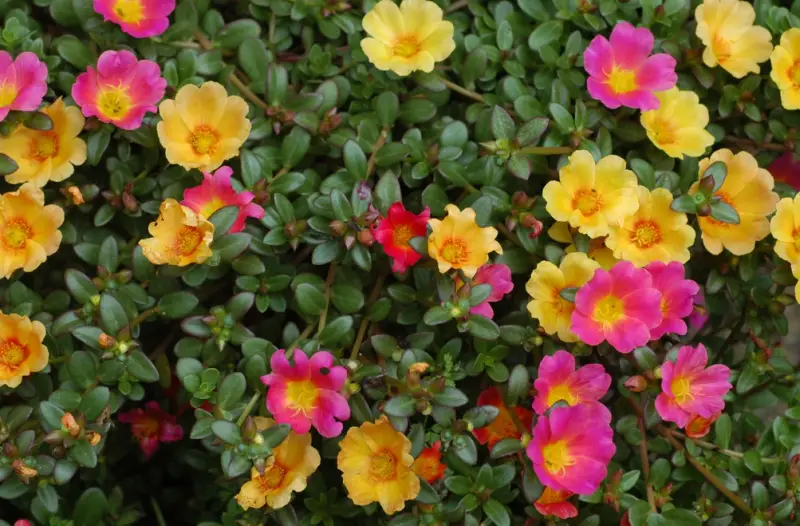
Purslane is another edible plant that can serve as effective ground cover around tomato plants, especially in areas with lower rainfall or water scarcity. Its ability to thrive in dry conditions makes it a practical choice for improving soil moisture retention and reducing weed growth.
Chickweed
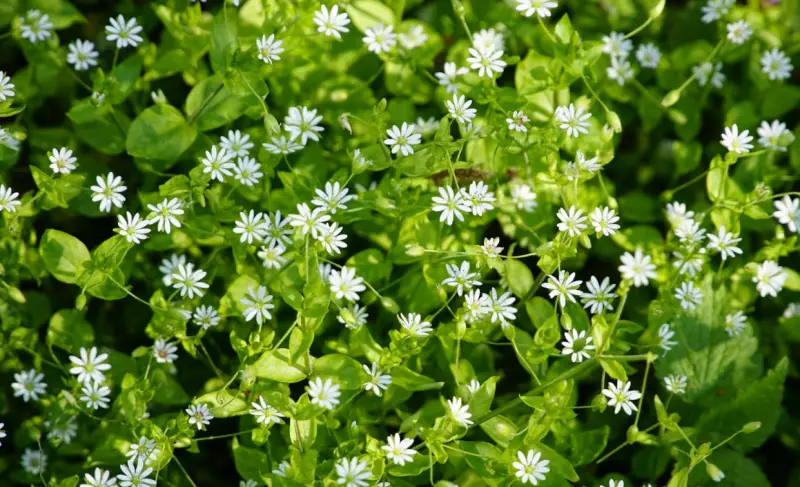
Chickweed can be eaten by people, and it is good for foraging hens. Incorporating ground cover around tomato plant bases aids in lowering soil moisture evaporation. This spreading weed reduces competition from other weeds and effectively covers the land.
Chickweed is a practical option to improve garden health and add a delicious aspect, and you may pick and eat it long before your tomato plants need the nutrients.
Sow Thistle

Another common weed that some gardeners think can help neighboring plants is sow thistle. Like the dandelion, it has a thick, tap root that reaches deep into the earth to retrieve nutrients.
Planting sow thistle close to other plants can contribute to the soil’s nutrient enrichment, which could benefit your garden plants’ development and health.
Dandelions
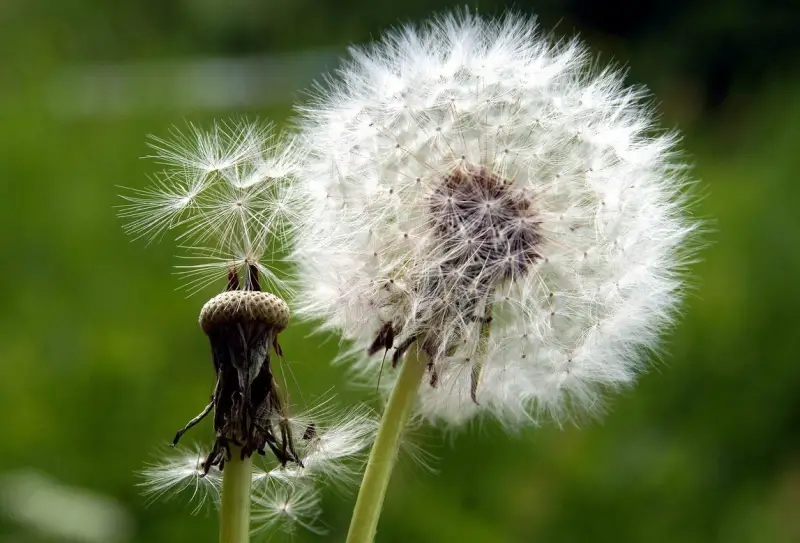
Despite being written off as ordinary weeds, dandelions are surprisingly delicious and have a number of advantages for gardens. When they are sliced and dropped before they seed, their deep tap roots can raise nutrients to the soil’s surface.
The vivid yellow blooms also draw helpful insects, which improve pollination. Additionally, dandelion emits ethylene gas, which could hasten the ripening process of your fruits. Because of this, they are an excellent addition to your garden for enhancing plant development and enriching it with nutrients.
Stinging Nettles
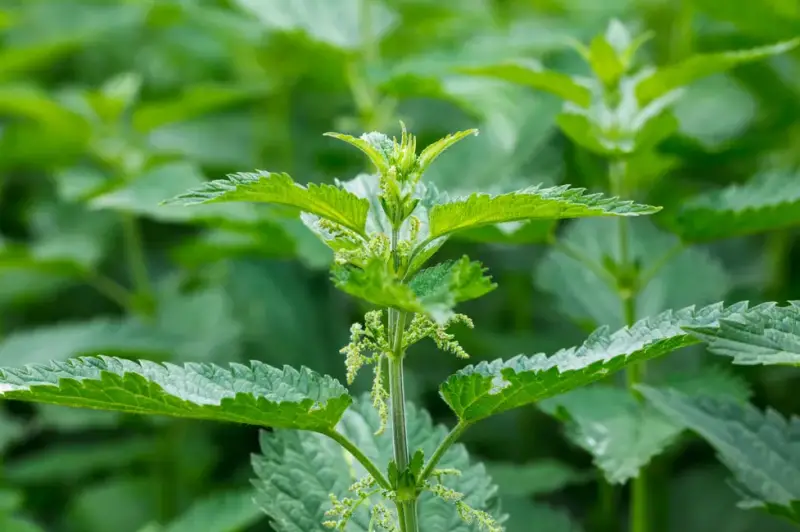
While stinging nettles may not seem like a miracle crop at first, they have a number of advantages for your garden. These plants support a healthy ecology by drawing in a variety of caterpillars and helpful insects.
Their roots include anti-fungal qualities that can help shield neighboring plants, and they naturally ward off aphids. You can increase the production by adding a few nettles to your tomato patch and using them in other ways on your homestead. They can also be eaten.
Yarrow
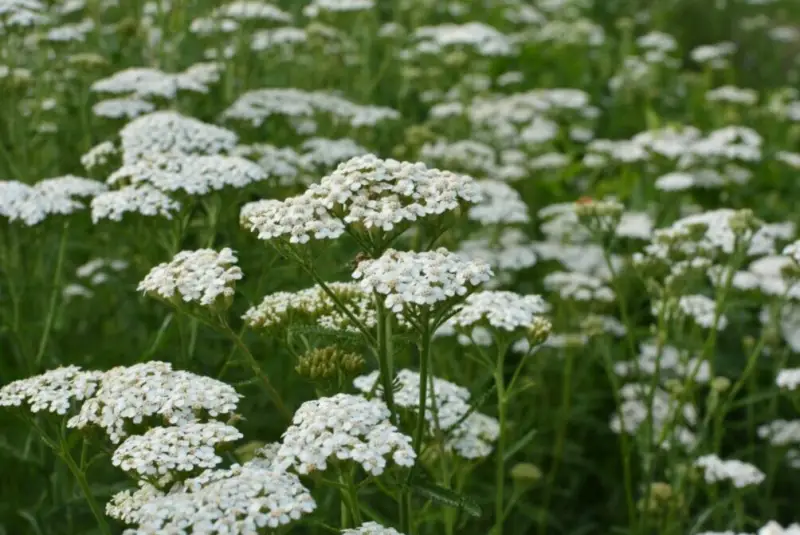
Though it is frequently considered a weed, yarrow can be an advantageous companion plant for many other crops, including tomatoes. It draws syrphid flies, which feed on aphids and aid in the management of these pests.
Moreover, yarrow enhances the quality of the soil because its leaves can be put to compost or used as mulch to nourish the soil. As a result, yarrow is a useful addition to your garden because it promotes soil fertility and plant health.
Amaranth
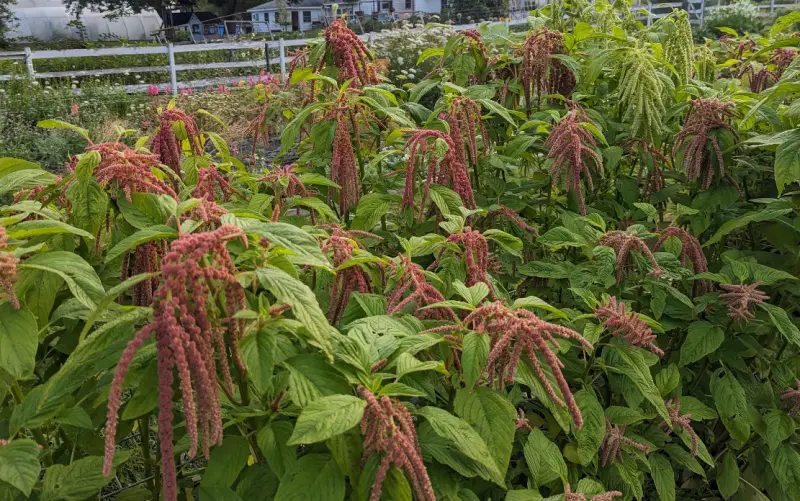
Another great vegetable to pair with tomatoes is amaranth. It draws helpful predatory beetles that aid in the management of harmful insects that impact your tomato plants. Furthermore, amaranth yields itself by providing nutrient-dense greens or seeds.
Calendula
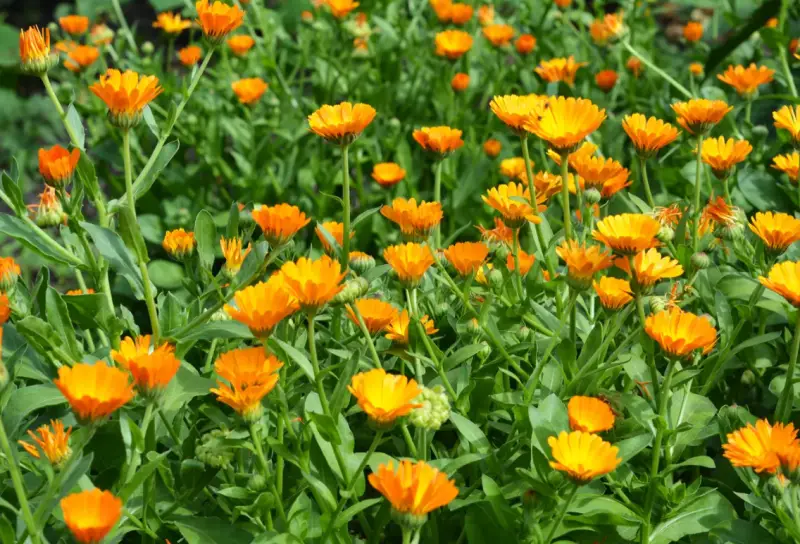
A multipurpose flower, calendula can also be grown for its culinary harvest. It is a useful addition to your garden and has several uses around the farm.
Calendula has a long blooming season and can attract a variety of pollinators if planted close to tomatoes. This benefits your tomato plants’ general health as well as the biodiversity of your garden as a whole.
Petunia
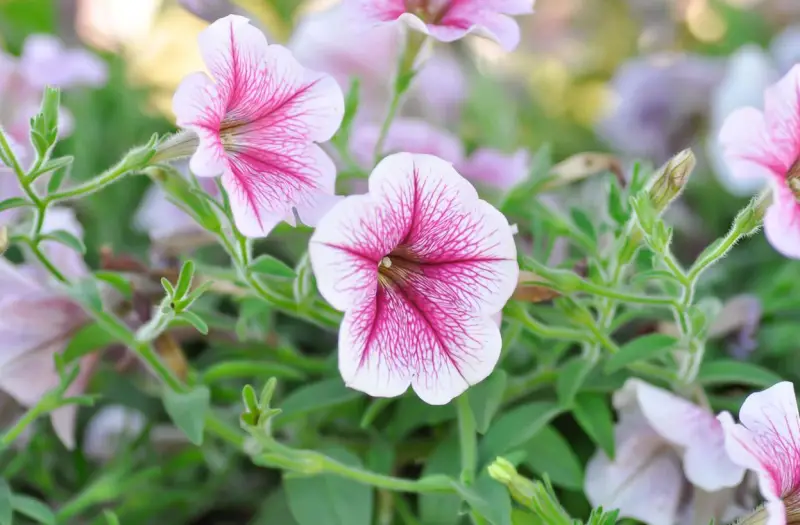
Petunias provide useful advantages in addition to adding color to the area around your tomatoes. A wide range of insects that could damage your tomato plants are naturally repelled by them.
You may improve the aesthetic appeal of your garden and keep any pests away from your tomatoes by growing petunias close to them.
Nasturtiums
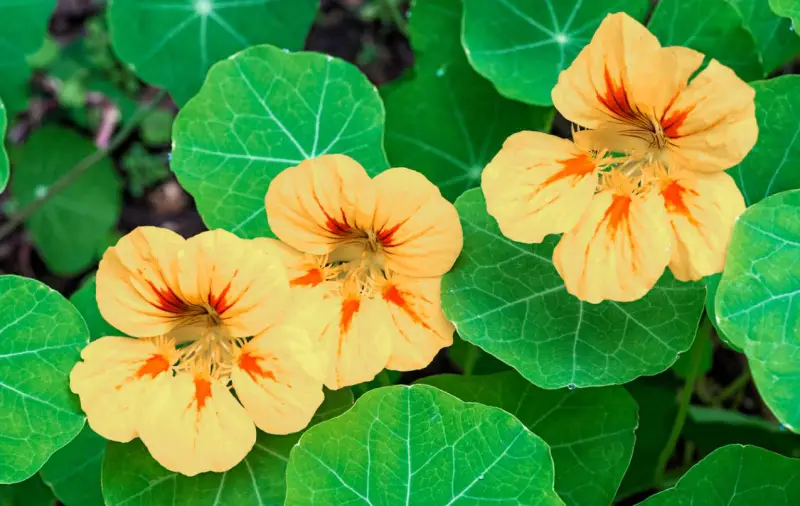
Tomatoes and nasturtiums are a great combination. They serve as a trap crop, drawing aphids away from your tomatoes when planted close by. This helps keep these pests away from your main crop.
Furthermore, nasturtiums’ vivid blossoms draw beneficial predators that eat aphids, protecting your tomatoes even more. Nasturtiums enhance the aesthetics and practicality of your garden by yielding an additional, delicious harvest.
Marigolds
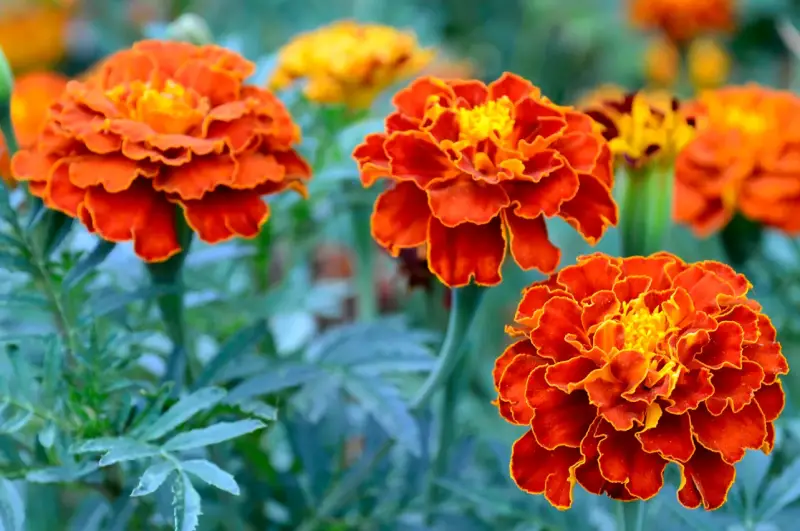
Because marigolds and tomato plants have comparable growing environments, research indicates that putting marigolds between tomato plants may be advantageous. Furthermore, the compounds that marigolds release from their roots aid in the removal of dangerous root-knot nematodes from the soil, shielding your tomato plants from their damage.
Because of this, marigolds are a great companion plant to improve garden health and shield your tomatoes.
Borage
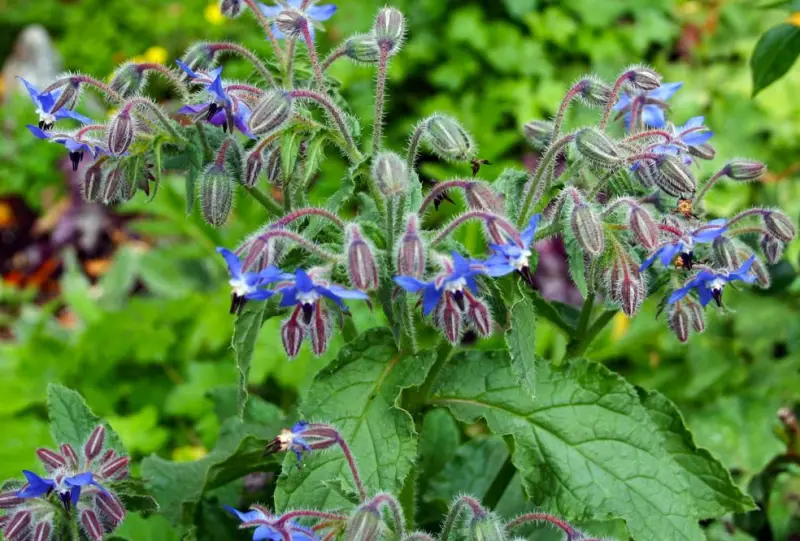
Borage is a great companion plant, in addition to adding a striking pop of blue to your tomato patch. It aids in the prevention of tomato hornworms, which can be a serious annoyance.
The blooms of borage also draw pollinators and other beneficial insects, which improves the general health of your garden. Your tomato plants will continue to profit from the flowers that are generated for a long time, right up to the last frost.
Hyssop
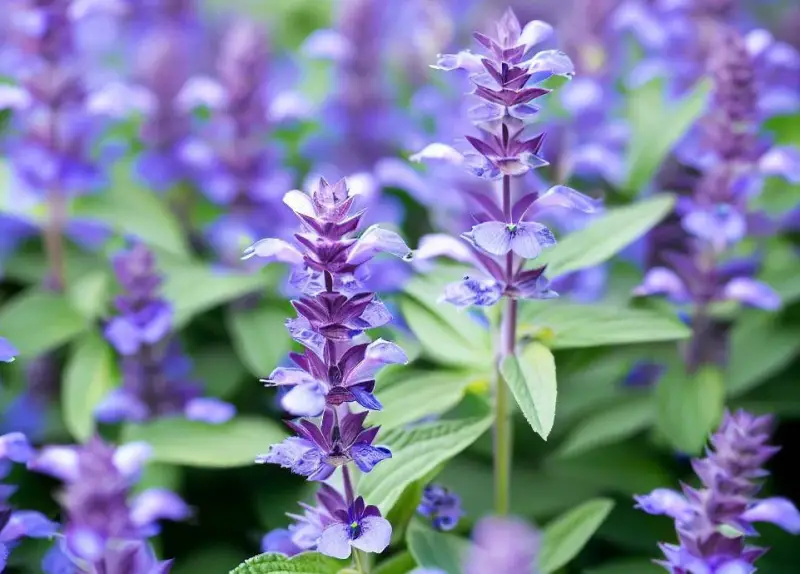
Hyssop is another herb to think about. It is good for tomatoes and increases the biodiversity of insects by drawing in predatory species that aid in pest management.
In beds, borders, or pots, flowers can also be a great partner for tomatoes. They belong in different garden zones, whether they are annual or perennial. Rather than dividing your fruit and vegetable plots, you can integrate flowers into them to create a more harmonious and effective garden setting.
Lovage
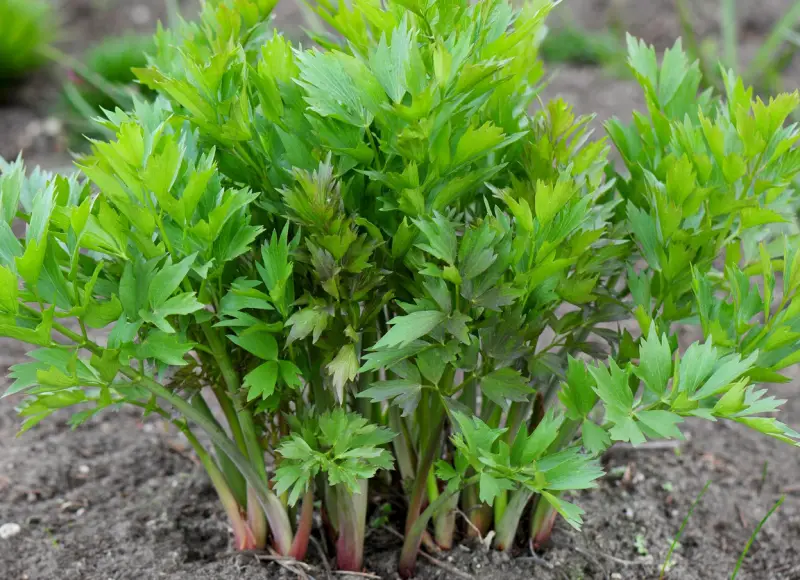
Another herb that supposedly helps tomatoes is lovage. Again, planting lovage will encourage a variety of beneficial insect species to visit your garden.
Horehound
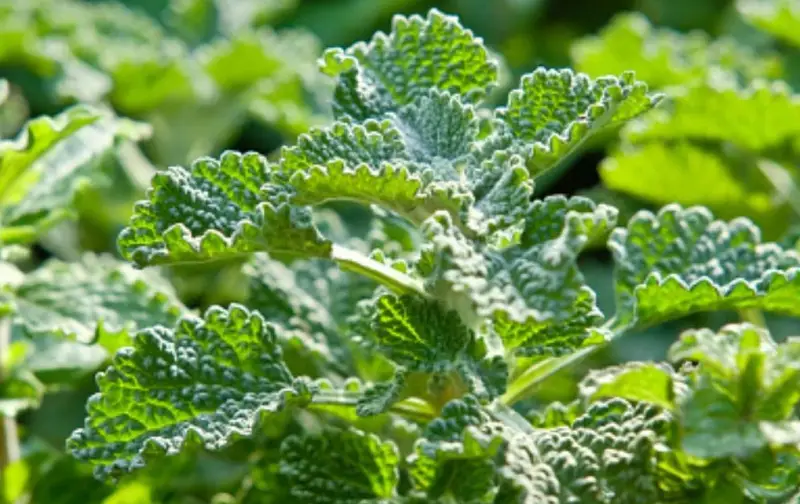
Horehounds draw helpful insects to your yard, including Tachnid and Syrphid flies and Braconid and Ichneumonid wasps. It’s thought to improve the nearby tomatoes’ and peppers’ fruiting.
Horehound is a good companion plant to increase the production of your garden because it is also said to produce fruit for a longer period of time and yield more heavily when planted with tomatoes.
Anise
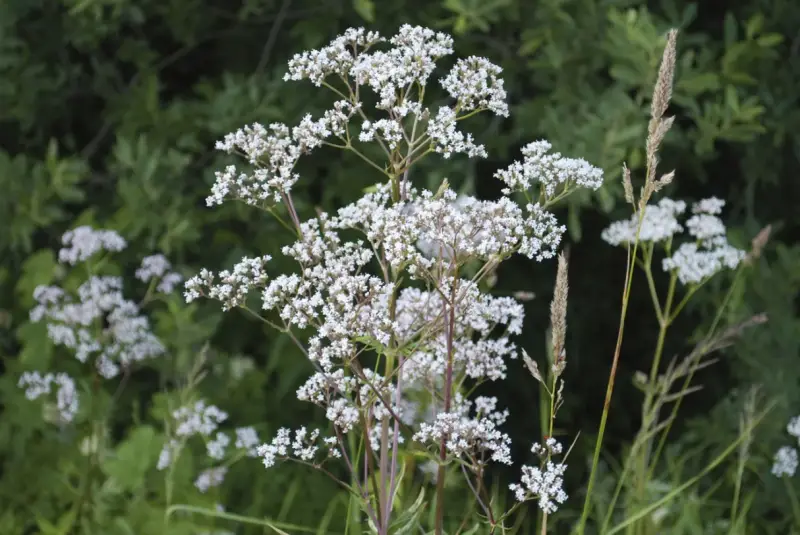
Once more, anise attracts a variety of helpful insects. It may also boost the effectiveness of other companion plants by enhancing the essential oil yield of other aromatic herbs that are nearby.
Sage
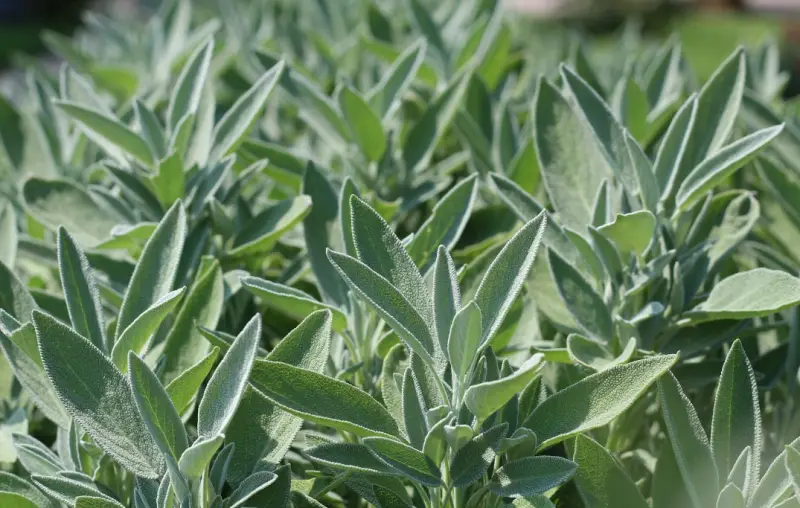
Like so many other herbs, sage works well placed around the periphery of a tomato container or growing area and will help draw beneficial insects to your crop while deterring undesirable ones.
Thyme
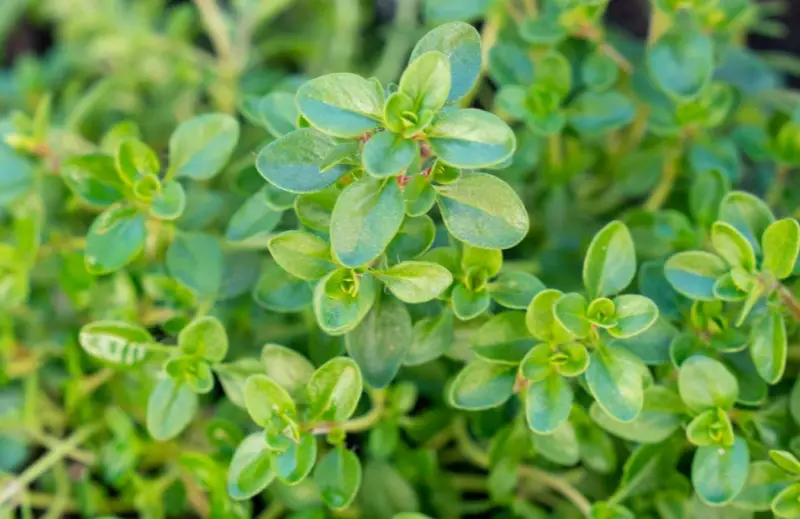
Thyme is another Mediterranean herb that you might choose to include in your tomato bed or container. Not only is thyme excellent for drawing beneficial wildlife, but it also makes terrific ground cover for encircling a tomato bed.






